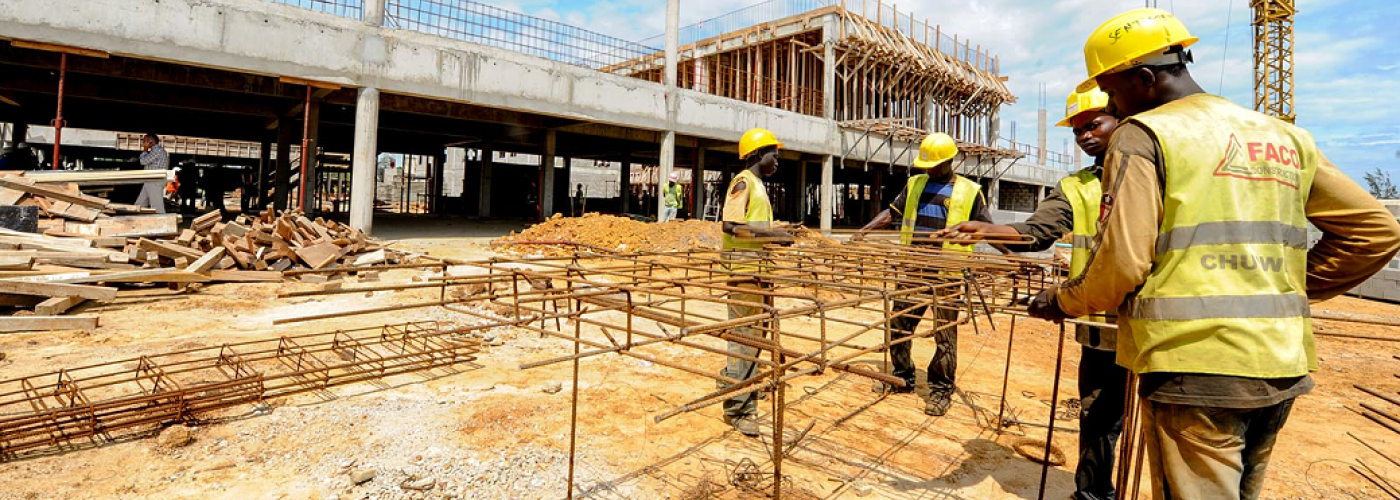This week, BRINK is running a series on the impact of climate change on African economies to mark Africa Climate Week. The series is guest-edited by the African Center for Economic Transformation.
Africa suffers from poor quality and expensive infrastructure services compared to other parts of the world. It is estimated that this constrains productivity by up to 40 percent and reduces the continent’s GDP by about 2 percent per year.
With the imminent enforcement of the African Continental Free Trade Area—which will be the largest single market in the world for goods and services, as well as the free movement of investments and people—the urgency for infrastructure development on the continent is even more compelling.
On top of this, Africa’s limited existing infrastructure is already being severely impacted by extreme events associated with climate change.
Impact of Climate Change on Infrastructure
According to a 2015 study by the World Bank and the UN Economic Commission for Africa (ECA) called Enhancing the Climate Resilience of Africa’s Infrastructure, some river basins could become wetter under certain scenarios of global emissions pathways, for example, the Orange River Basin and Congo River Basin, while others, such as the Zambezi River Basin, could become drier.
These impacts are already being witnessed across Africa. For example, hydropower production from the Kariba Dam on the Zambezi—which supplies most of the electricity consumed in Zimbabwe and Zambia—almost ceased in early 2016 when the volume of water in the reservoir dropped to about 12 percent of capacity. This ultimately resulted from the impact of climate change on the El Niño and La Niña events in 2015 and 2016. But many large-scale dam infrastructure projects will be developed on the continent over the next few decades to unleash Africa’s largely untapped hydropower potential.
A similar study on transport shows that climate change is likely to lead to a shortening in the rehabilitation life cycle of roads, which may entail steep increases in maintenance costs.
Big Ambitions
While the infrastructure and infrastructure services gap in Africa remains high, there is increasing activity and investment on the continent against a background of an ambitious long-term plan for closing Africa’s infrastructure gap, called the Programme for Infrastructure Development in Africa (PIDA), that African heads of state and government endorsed in 2012.
PIDA consists of over 400 projects, including 54 energy projects (hydropower plants and interconnectors) and 236 transport projects. These sectors are sensitive to the adverse impacts of climate change, such as droughts, heat waves, and more frequent and intense floods. The energy projects include 10 hydropower plants of over 22 gigawatts capacity, notably the Inga-3 and the Grand Ethiopian Renaissance Dam. The infrastructure projects identified in PIDA require investments in the order of $360 billion by 2040.
Photo: Steve Jordan/AFP/GettyImages
